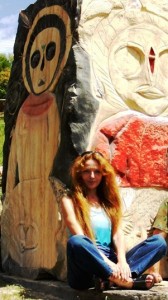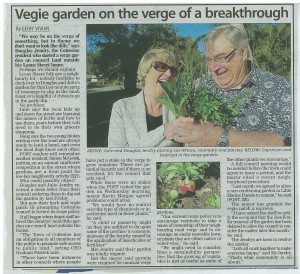Science Network WA
Texy by GEOFF VIVIAN
A scientist says a recent low-speed train collision in Perth attributed to Portuguese millipedes on the tracks is a symptom of growing millipede numbers in WA.
 Dr Geoff Baker says we can expect to see more millipedes in Perth and the South West, similar to the 1970s South Australian experience.
Dr Geoff Baker says we can expect to see more millipedes in Perth and the South West, similar to the 1970s South Australian experience.
“It was invading houses in huge numbers and creating a hell of a nuisance problem to people,” he says.
This story first appeared in Science Network WA on Monday 23 September 2013 – you can read it if you click here.
The West Australian republished an edited version on Wednesday 25 September.










